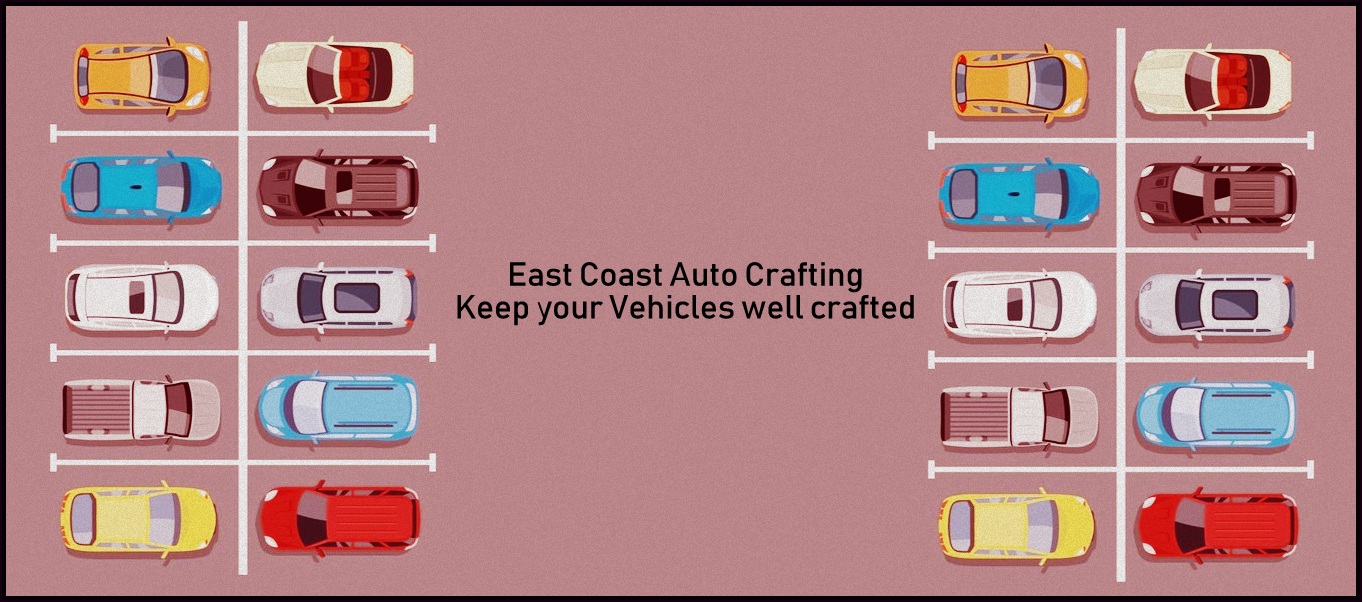There are many small items that cannot be weighed on a traditional weighing scale. A conventional weighing scale has many different limitations. It can only be used to weigh the category of items that it is specifically built for. This makes its utility restricted. There are other more versatile options available on the market that serve as alternatives to older models of weight scales. A conventional weight scale measures an item by comparing it against the standard weight placed on the other side. If the item is lighter than the standard weight, the item’s side of the scale will rise. If the item is heavier than the standard weight, then the item’s side of the scale will lower down. In the rare instance that the item weighs exactly the same as the standard weight, the two scales will balance out indicating an equal pressure on both sides.
Conventional weight scales have been in use for centuries and have served humankind well for a long period. But with the present day technological advancements, old models of weight scales have lost their utility and do not meet the needs of most users. They were first phased out of commercial usage about ten to twelve years ago. Now they have also been replaced in most domestic consumers’ households. A new alternative has emerged in the form of load rite scales in Australia. A subcategory of digital weighing scales is digital grain scales.
They are known by many other names that all commonly refer to the same things. They were traditionally used to weigh grains of rice, wheat, barley and other cereals. This is where their name has been derived from – their original usage of weighing grains. They are also called gram scales. This is because they have very small measuring units available. They can measure up to a gram. Some of the models used by specialists are equipped with measuring units as small as a milligram. A milligram represents a thousandth part of a gram. Accuracy is one of the most important features of a gram scale. A gram scale that does not measure accurately is of little use. Visit http://www.truckweighbridge.com.au/products/weighbridge/ for trade approved weighbridges.
The versions that measure especially small amounts are often used in laboratories to measure the weight of various dyes and chemicals. This is because the measurements required in a scientific experimental setting needs to be extremely precise. Another industry where precise measurements are a requisite is the jewelry industry. Precious metals such as gold, platinum and silver are measured by the grams as even that much is very expensive. The weight of the object is displayed on a small screen that is coloured red, yellow or green. The object itself is placed on a flat metallic tray. The tray itself has pressure sensors built underneath it that measure the weight of the object placed on the tray.



